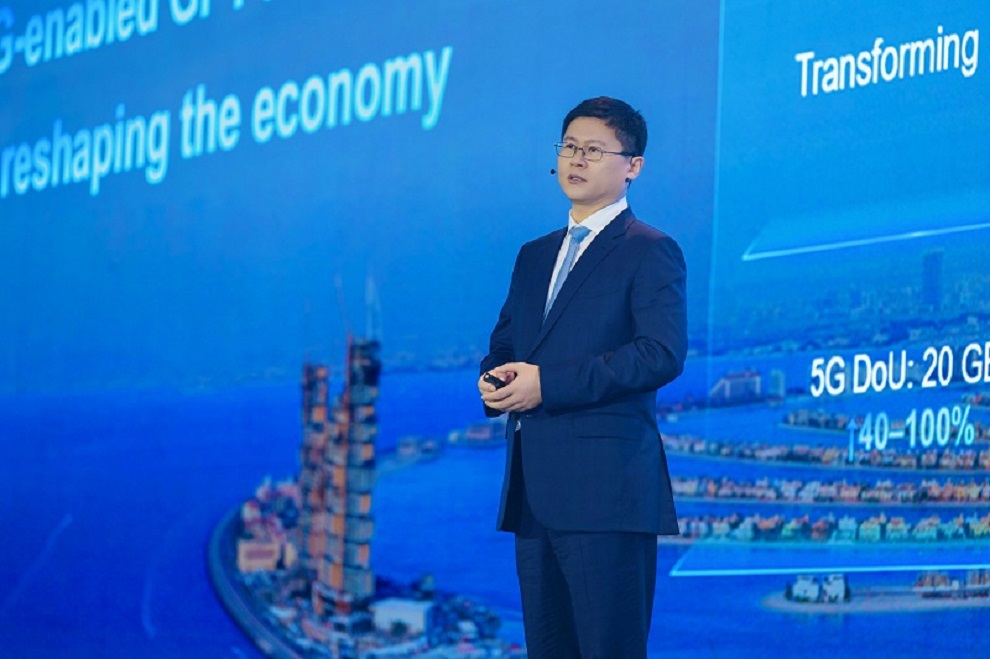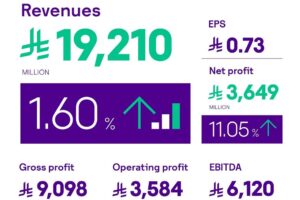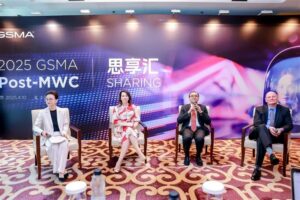Huawei and du have jointly released the world’s first 5.5G smart home villa, ushering in the new era of 10G smart homes.
At the Global Mobile Broadband Forum (MBBF) 2023 in Dubai, Huawei’s Corporate Senior Vice President and President of the Carrier BG, Li Peng, delivered an inspiring keynote. He emphasized the importance of addressing increasing network demands and maximizing the potential of future trends in the 5G era. Li urged global carriers and industry partners to collaborate in building tomorrow’s networks for future services, unlocking 5G’s infinite potential for continuous success.
“Let’s start today, build tomorrow’s networks for future services, and unleash 5G’s infinite potential for continuous success,” he said.
In his speech on powering a positive 5G business cycle and embracing 5.5G (5G-A), Li stated, “We are already on the right path towards 5G business success, and 5G-Advanced is the natural next step in 5G’s evolution.”
Li highlighted that 5G is at the heart of a new economic transformation, enabling innovation in general-purpose technologies. In the digital age, the Internet powers the digital economy, and 5G plays a critical role in this transformation by opening new markets and opportunities.
To ensure the future success of mobile networks, Li outlined six key features they need to possess, including 10 Gbps downlink, 1 Gbps uplink, deterministic networking, support for a hundred-billion IoT connections, integrated sensing and communication, and native AI capabilities. Achieving these capabilities requires enhancing three core usage scenarios and developing three new capabilities.
Enhanced Mobile Broadband (eMBB) is essential for delivering high-speed, low-latency data for applications like augmented and virtual reality. With the rise of applications demanding high-quality video streaming, gaming, and AR/VR experiences, eMBB is crucial for an enriched user experience.
Massive Machine-Type Communications (mMTC) enables the connectivity of a vast number of IoT devices. With the exponential growth of smart devices and IoT in various industries, mMTC ensures seamless communication between devices, ultimately contributing to efficiency and productivity.
Ultra-Reliable Low-Latency Communication (URLLC) plays a pivotal role in applications that require immediate response times. This includes autonomous vehicles, telemedicine, and industrial automation. URLLC ensures that critical data is transmitted with minimal latency, facilitating real-time decision-making.
Uplink Centric Broadband Communication (UCBC) and Real-Time Broadband Communication (RTBC) are two novel capabilities that will shape the future of mobile networks. UCBC focuses on optimizing uplink data transmission, critical for applications such as cloud gaming and real-time video streaming. RTBC ensures that real-time applications like telemedicine and autonomous vehicles operate seamlessly on 5G networks.
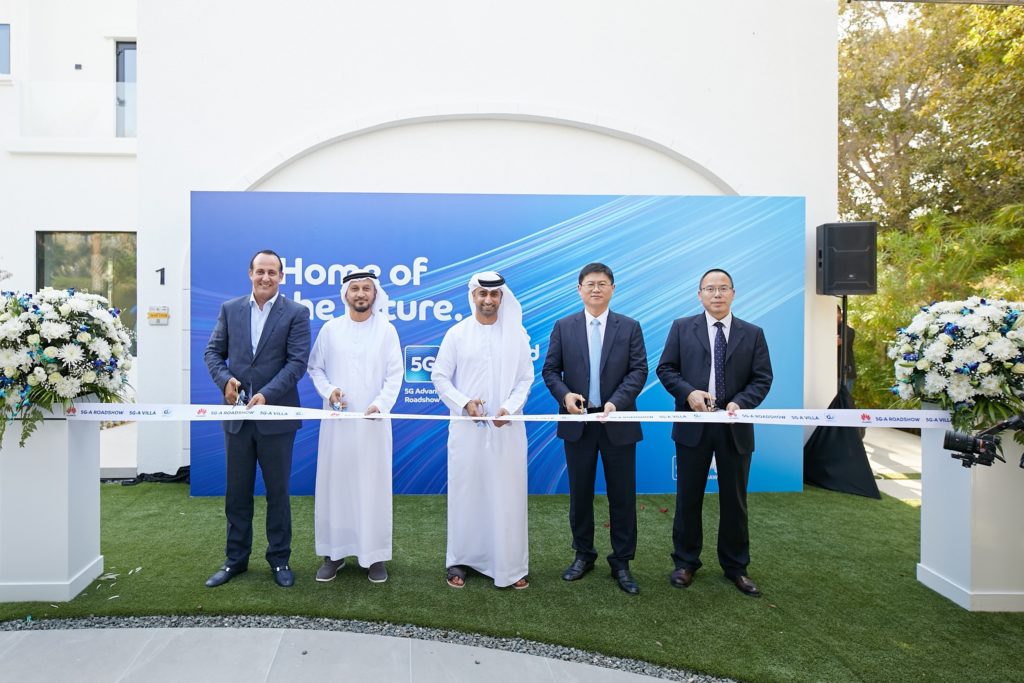
One day before the Mobile Broadband Forum, Huawei, in collaboration with du, unveiled the world’s first 5.5G Advanced (5G-A) demonstration Villa, setting a groundbreaking example for the future of smart home living powered by staggering 10Gbps networks. This unveiling serves as a testament to their joint innovation prowess.
The 5.5G Villa epitomizes the seamless integration of cutting-edge technologies, offering an unparalleled smart home experience enriched with applications such as naked-eye 3D and XR. As consumers increasingly crave superior experiences, this inspires the evolution of content and applications, subsequently amplifying the demand on network capabilities.
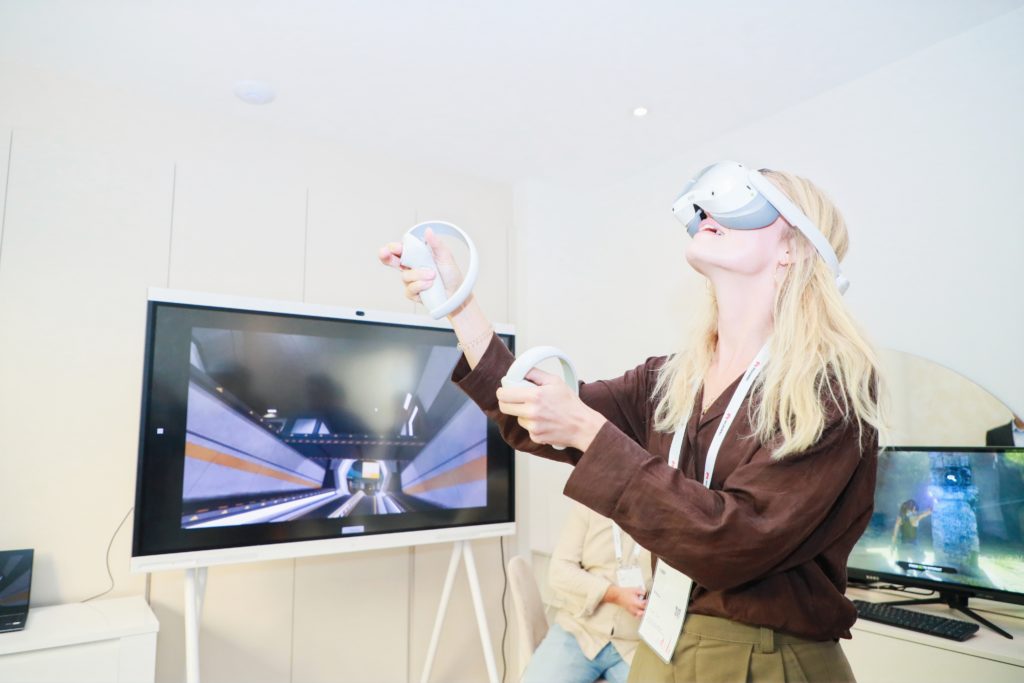
5G has been a game-changer, but the future lies in the evolution to 5.5G. The introduction of 5.5G represents a significant leap forward in mobile communications technology, promising even more astonishing capabilities. Key features of 5.5G include a 10 Gbps downlink, a 1 Gbps uplink, support for 100 billion connections, and native intelligence.
With these capabilities, the potential applications of 5.5G are limitless. It will not only transform our smartphones and mobile devices but also reshape entire industries. One of the most exciting aspects of 5.5G is its impact on the Internet of Things (IoT). With support for 100 billion connections, it will facilitate the seamless connectivity of billions of IoT devices, revolutionizing industries such as healthcare, logistics, and smart cities.
5.5G will also power new experiences in augmented reality (AR) and virtual reality (VR). The 10 Gbps downlink ensures that high-quality, real-time 3D experiences, like those showcased in the 5.5G Villa, become the norm. These advancements promise to blur the lines between the digital and physical worlds, unlocking new realms of creativity and entertainment.
In the world of autonomous vehicles, 5.5G will be a game-changer. The 10 Gbps downlink and ultra-reliable low-latency communication (URLLC) will enable vehicles to communicate with each other and their surroundings in real-time. This means safer roads, reduced traffic congestion, and more efficient transportation systems.
Furthermore, the healthcare industry will benefit immensely from 5.5G. With the support for massive machine-type communications (mMTC) and ultra-reliable low-latency communication (URLLC), telemedicine will flourish. Patients will have access to high-quality remote medical consultations, and doctors can perform surgeries with real-time precision from a distance.
As 5.5G becomes a reality, it will usher in a new era of connectivity and innovation. The collaboration between Huawei and du in creating the 5.5G Villa marks the beginning of this journey, where smart homes become smarter, industries become more efficient, and our world becomes more connected than ever before. The 5.5G Villa, a glimpse into this future, showcases what is possible when cutting-edge technology meets the boundless human imagination.
Li Peng’s visionary speech at the Global Mobile Broadband Forum highlights the pivotal role of 5G and 5G-Advanced (5.5G) in shaping the digital future. With the right network capabilities and a focus on emerging technologies, the industry can harness 5G’s potential to drive innovation and economic transformation while paving the way for 5.5G.
The world is on the cusp of a remarkable transformation, and the journey to 5.5G will be nothing short of extraordinary. As consumers, industries, and societies embrace these advances, we can look forward to a future where connectivity knows no bounds, where immersive experiences become the norm, and where the possibilities of technology continue to astound and inspire.


